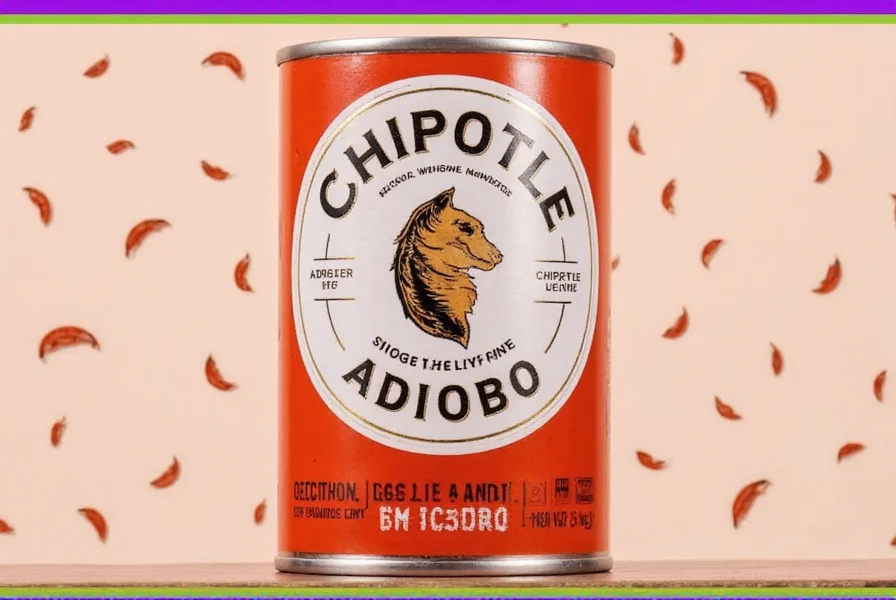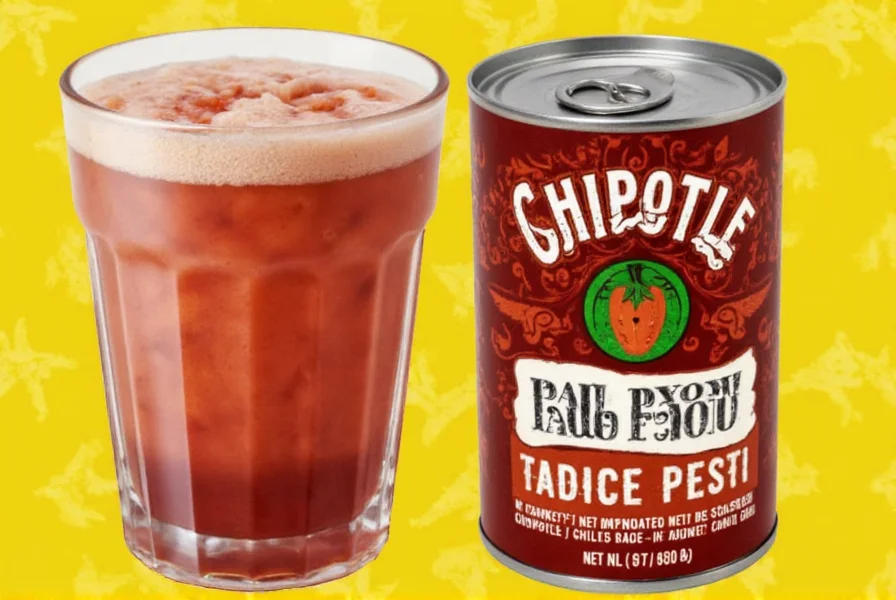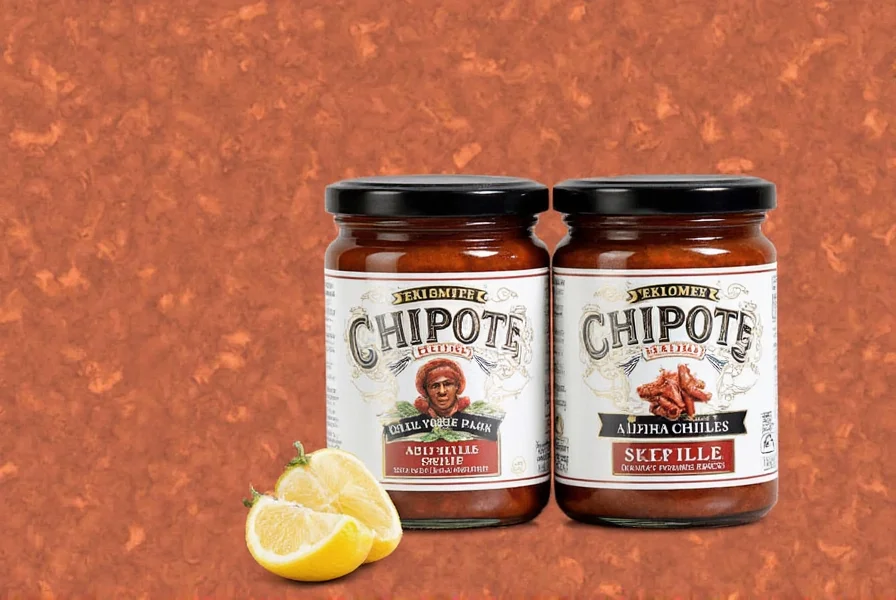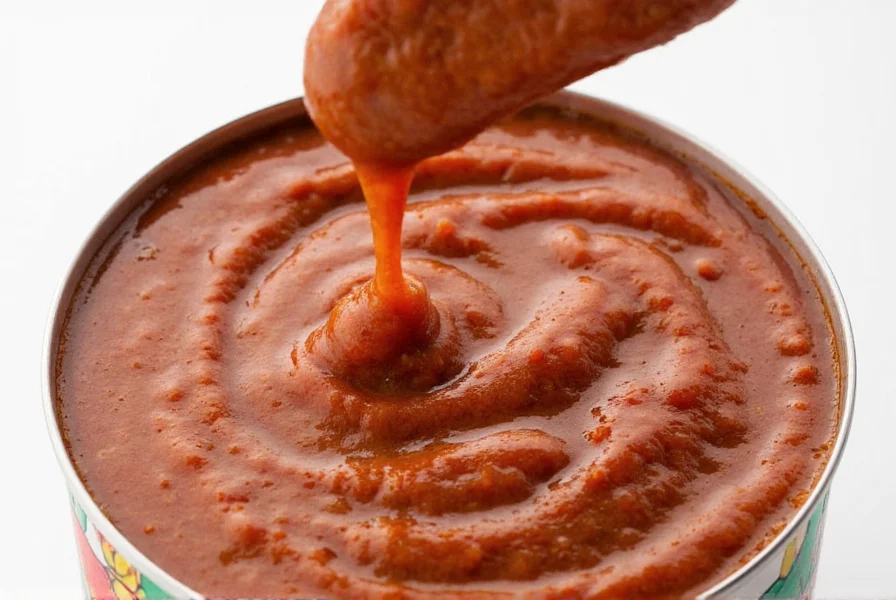Spice Up Your Life: The Smoky Secret Inside Every Can of Chipotle Chiles in Adobo Sauce
If you've ever rummaged through your pantry looking for that last hit of smoky heat, chances are you’ve reached for a can of chipotle chiles in adobo sauce. This unassuming little can is a powerhouse of flavor—rich, smoky, slightly sweet, and just the right amount of spicy to keep things interesting.
In this deep dive into global spice traditions, we’ll explore everything there is to know about chipotle chiles in adobo sauce: where they come from, how to use them, what to look for when buying, and why they belong in every kitchen, from amateur cooks to seasoned chefs.
Table of Contents
- A Fiery Past: The Origins of Chipotle Chiles
- What’s in That Can? Understanding Flavor and Heat
- 10 Creative Ways to Use Chipotle Chiles in Adobo Sauce
- Buying Guide: How to Choose the Best Can
- Storage & Shelf Life: Keeping the Fire Alive
- Global Twist: Chipotle Around the World
- Brand Comparison Table
- Frequently Asked Questions
- Final Thoughts: Keep It Spicy!

A Fiery Past: The Origins of Chipotle Chiles
The word "chipotle" comes from the Nahuatl language (spoken by the Aztecs), meaning "smoked chili." These dried and smoked jalapeño peppers have been used for centuries in Mexican cuisine—not just for their heat, but also for their distinct, earthy-smoky depth.
Traditionally, fresh jalapeños were sun-dried and then smoke-dried over wood fires, giving them that unmistakable charred aroma. Today, the process has been industrialized, but many producers still honor traditional smoking methods to preserve authenticity.
What’s in That Can? Understanding Flavor and Heat
A typical can of chipotle chiles in adobo sauce contains two key elements:
- Chipotle Chiles: Smoked, dried jalapeños rehydrated and softened in the sauce.
- Adobo Sauce: A tangy, tomato-based sauce with garlic, vinegar, herbs, and spices.
Together, they create a rich, balanced flavor profile that’s smoky, slightly sweet, tangy, and moderately hot (about 5,000–10,000 SHU on the Scoville scale).
Taste Notes Breakdown
| Flavor Note | Description |
|---|---|
| Smokiness | Dominant; reminiscent of grilled meats or open-fire cooking |
| Heat Level | Moderate; lingers on the tongue without overwhelming |
| Sweetness | Mild; enhanced by the ripeness of jalapeños |
| Acidity | Noticeable thanks to the adobo sauce's vinegar base |
| Saltiness | Moderate; enhances all other flavors |

10 Creative Ways to Use Chipotle Chiles in Adobo Sauce
You don’t need to be a professional chef to make the most out of that little can of flavor. Here are 10 clever ways to incorporate chipotle chiles in adobo sauce into your everyday cooking:
- Add a Kick to Mayo: Blend 1–2 chiles with mayonnaise for a smoky aioli perfect for burgers, sandwiches, or fries.
- Make a Sizzling Salsa: Puree chipotles with tomatoes, onions, cilantro, and lime for an instant smoky salsa.
- Boost Braise Liquids: Add a spoonful to stews, soups, or braised meats for a complex depth of flavor.
- Infuse Marinades: Mix into marinades for chicken, shrimp, or tofu before grilling or roasting.
- Upgrade Gravy: Stir into holiday gravy or mushroom sauce for a surprising twist.
- Spice Up Mac 'n' Cheese: Mix a teaspoon into your cheese sauce for a smoky-savory surprise.
- Enhance Hummus: Add to homemade hummus for a bold Middle Eastern-meets-Mexican fusion dish.
- Create Cocktail Rim Seasoning: Combine dried chipotle powder with lime zest and salt for a spicy cocktail rim.
- Stir Into Chili: For extra smokiness, add directly to your next pot of chili.
- Whip Up a Sweet & Spicy Jam: Cook down chipotles with sugar and citrus for a unique glaze or condiment.
Buying Guide: How to Choose the Best Can
Not all cans are created equal. With so many brands on the market, here’s how to pick the best one for your needs:
- Freshness: Check the expiration date. Canned goods can last years, but fresher batches often have more vibrant flavors.
- Texture: Whole chiles tend to hold up better in dishes like tacos or salsas. Crushed or pureed versions work best for sauces and marinades.
- Ingredients: Look for minimal additives. Some brands include preservatives or high sodium content.
- Brand Reputation: Stick with well-known brands unless you’re feeling adventurous.
Top Brands Compared
| Brand | Texture | Flavor Intensity | Heat Level | Best For |
|---|---|---|---|---|
| La Costeña | Whole chiles | Robust | Medium-high | Tacos, soups, stews |
| Hatch | Chopped | Mellow & sweet | Mild-medium | Sauces, dips, dressings |
| MexGrocer | Crushed | Smoky & tangy | Medium | Marinades, rubs, pastes |
| El Yucateco | Very finely chopped | Intense & spicy | High | Hot sauces, intense dishes |
| Goya | Soft whole chiles | Balanced | Mild-medium | Beginners, casual cooking |

Storage & Shelf Life: Keeping the Fire Alive
Once opened, chipotle chiles in adobo sauce can be stored in the refrigerator for up to two weeks. To extend shelf life:
- Freeze Individual Chiles: Chop them and freeze in ice cube trays with a bit of adobo sauce for easy portioning.
- Transfer to Glass Jars: Store in sealed glass containers to prevent absorption of fridge odors.
- Use Within Six Months: Even frozen, they start to lose flavor intensity after six months.
Global Twist: Chipotle Around the World
Though born in Mexico, chipotle chiles in adobo sauce have made their way into kitchens around the world. Here’s how different cultures have adopted and adapted this spicy staple:
- United States: Used in Tex-Mex dishes like nachos, BBQ sauces, and even Bloody Mary mixes.
- Japan: Mixed into mayonnaise for ramen toppings or grilled skewers.
- France: Added to butter sauces for seafood or incorporated into rustic terrines.
- India: Occasionally blended into masala bases or added to paneer dishes for a smoky twist.
- Italy: Stirred into pasta sauces or drizzled over pizzas for a modern kick.
Frequently Asked Questions
Can I eat chipotle chiles straight from the can?
Yes! They're fully cooked and safe to eat as-is. However, their intense flavor is usually tempered by mixing into dishes.
Are chipotle chiles in adobo sauce gluten-free?
Most brands are gluten-free, but always check the label if you're on a gluten-restricted diet.
Is it okay to substitute chipotle powder for the canned version?
You can, but the flavor will differ. Powdered chipotle is smokier and drier. Adjust quantity accordingly.
How do I reduce the heat?
Remove the seeds and membranes from the chiles before using. You can also rinse them gently under water to cut back on spiciness.
Final Thoughts: Keep It Spicy!
A can of chipotle chiles in adobo sauce isn’t just a convenience item—it’s a culinary secret weapon. Whether you’re spicing up a weekday dinner or impressing guests at a dinner party, this smoky treasure delivers big flavor without breaking a sweat.
From its ancient roots in Mesoamerica to its modern-day role in global kitchens, chipotle continues to be a symbol of spice innovation and cultural fusion. So go ahead—open that can, take a whiff, and let the smoky magic begin.











 浙公网安备
33010002000092号
浙公网安备
33010002000092号 浙B2-20120091-4
浙B2-20120091-4